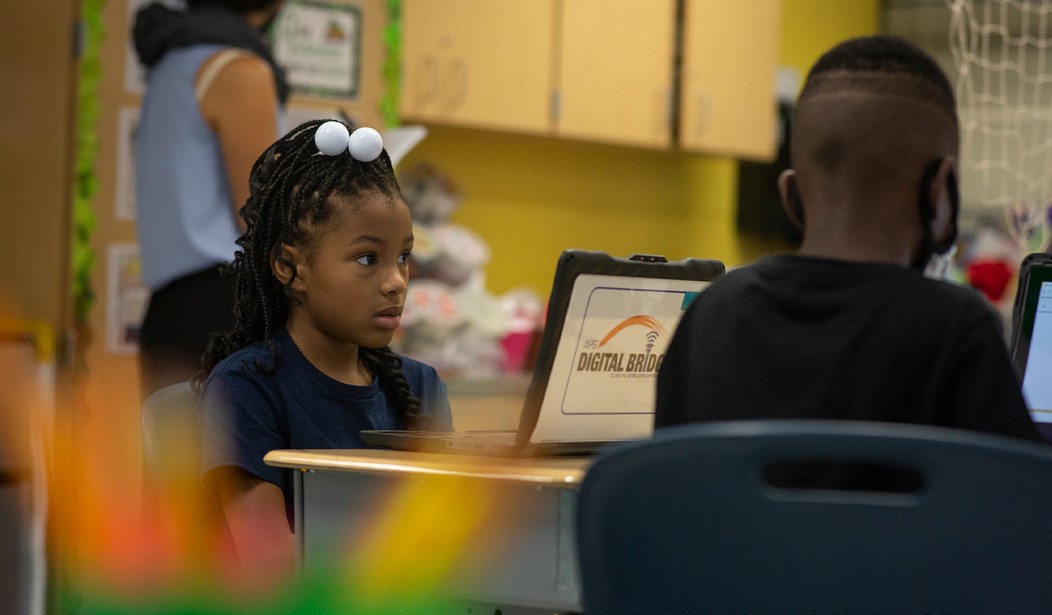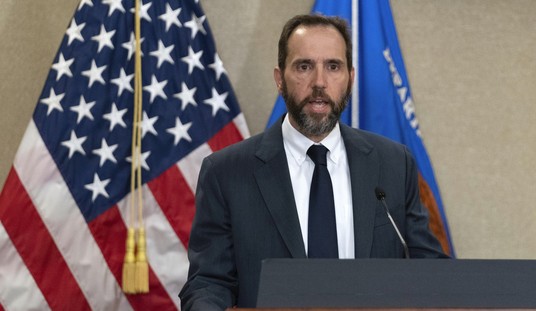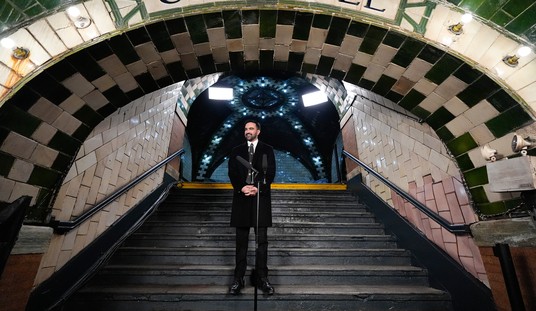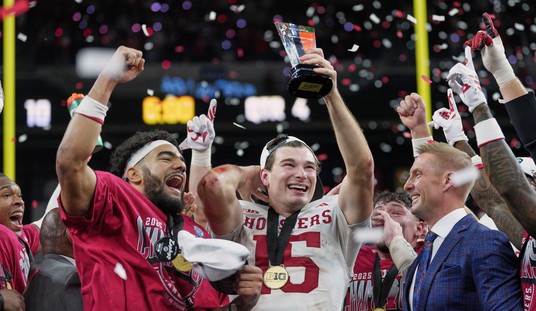Chicago Public Schools (CPS) is facing fiscal Armageddon. Years of kicking the can down the road have finally resulted in the can hitting a brick wall, forcing CPS officials to make some extremely unpalatable choices.
The CPS budget must be finalized by Aug. 28, before students return to school. Currently, the district is facing a $734 million deficit. CPS Chief Budget Officer Michael Sitkowski told a Board of Education meeting on Thursday that the district had identified $165 million in spending reductions, including "cuts to its administrative staff, vendor contracts and operational efficiencies," according to the Chicago Tribune.
That leaves a $569 million hole with no easy way to fill it. Worse, the deficit doesn't include federal cuts in contributions to the CPS that are sure to come once the U.S. Congress starts working on its 2026 budget.
“I’m sort of baffled that we are at this point, three weeks away from the need to present a budget, that we’re talking in generalities rather than in numbers and more specific proposals,” said board member Debby Pope.
Indeed, CPS has been slow-walking the budget process, perhaps hoping that some miracle will materialize that will save them. School-level budgets, which were due in June, only arrived earlier this month.
“There may be challenges,” interim CPS CEO Macqueline King said. “It may not work out the way that we want. We may have to have a plan B, but the goal is not to touch our classrooms.”
As the Chicago Sun-Times points out, that's going to be impossible. Using 2019, the last pre-COVID year, as a baseline, the massive increase in personnel reveals the major reason for the huge deficit.
There are more custodians and building engineers, as well as teachers and assistants.
There are also 200 more social workers — reducing the ratio to about one for every 500 students — and 1,100 more regular teachers, some whose focus is to help struggling learners.
CPS officials and experts have argued the additional staffing is needed to continue an impressive postpandemic academic recovery. But those additions — plus raises for existing staff — led the district to spend $826 million more on salaries than it did six years ago.
A lot of new hires have also been made to support students who receive special education services, including 1,100 more special education teachers and almost 3,000 more special education classroom assistants.
Even as overall student enrollment has shrunk, the number of students requiring special education services has gone up, from 14.6% in 2019 to 16.4% in 2025. Sitkowski said CPS is spending $450 million more on special education now than six years ago, while federal and state support has stayed about the same, creating a gap.
CPS borrowed money in the past to cover that gap. Those chickens are now coming home to roost.
"Last year, CPS paid $817 million in debt service payments for long-term loans and another $9 million of interest on short-term loans," the Sun-Times reported. That would be enough to cover the deficit and then some.
Related: Columbia University Agrees to MASSIVE Payout to Trump Administration
Democratic Governor J.B. Pritzker, with 2028 in mind, has said there will be no bailout for the Chicago Public Schools and that he will not call a special session of the Illinois legislature to address the crisis.
“At the moment, I don’t see any reason why we would have a special session,” Pritzker told reporters at an unrelated news conference in Chicago. He has promised to try to find more funding for schools, but money is tight, he claims.
The injection of $2.8 billion in "COVID relief" money was supposed to be spent on helping kids "catch up" after the disastrous school closings resulted in catastrophic learning loss. Chicago spent half the money on hiring more union teachers, compared to other districts spending a third or less of the windfall on teacher hires.
The elephant in the room is the pension situation.
Another weight is pension costs. CPS needs to contribute more than $600 million for teachers’ pensions next year, an amount that has grown by $100 million a year since 2023, Sitkowski said.
No other school district in the state has to use money that should go to students to contribute to the teachers pensions. The state covers 97% of the employer contribution to the statewide teacher pension system, but only 35% of CPS’. This is a historical inequity rooted in the fact that CPS teachers have their own pension fund.
On top of this, nonteaching staff in CPS are part of the city’s municipal pension fund. Up until 2020, the city covered the entire employer contribution. Former Mayor Lori Lightfoot asked CPS to start contributing, and Mayor Brandon Johnson has continued that tradition. This year, the city wants $175 million from CPS, and that expense is included in the deficit calculation.
The CPS first put their trust in Mayor Brandon Johnson, who promised to take out a $300 million loan to help cover the costs of the new Teachers' Union contract. The city council refused and the deficit ballooned.
The fault for this situation lies with a civic attitude held over the years by mayor after mayor and city council after city council that bent the knee to the unions, giving them essentially carte blanche control over the budget.
The crisis will be resolved as it always has been: more money borrowed against a future that looks bleaker every year. Next year, the CPS budget deficit is expected to be over a billion dollars.
What then?










